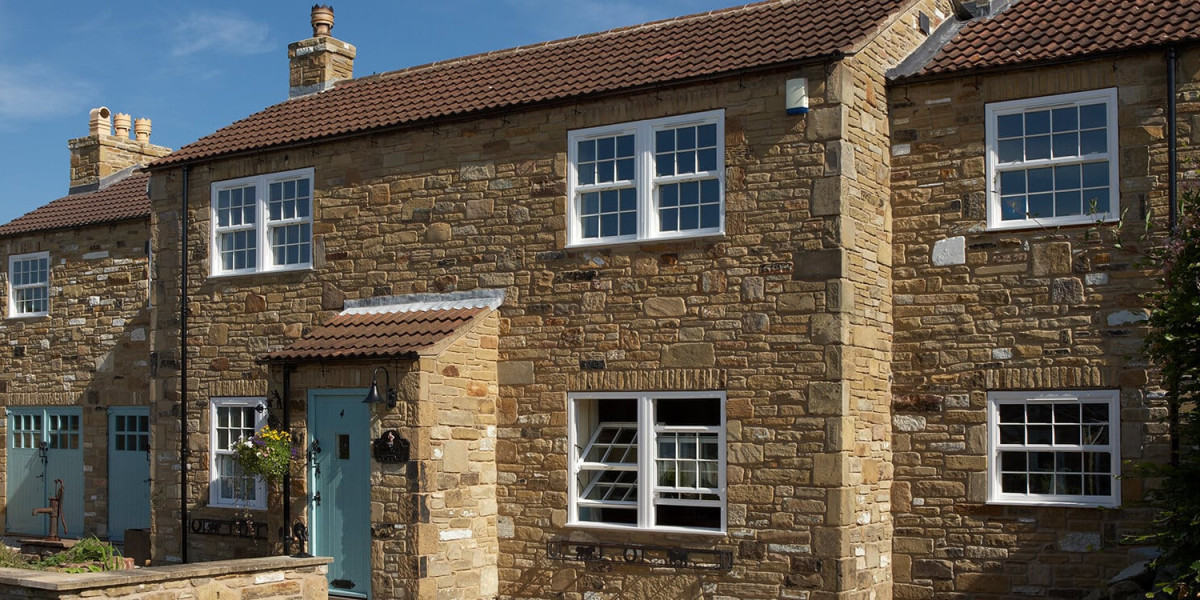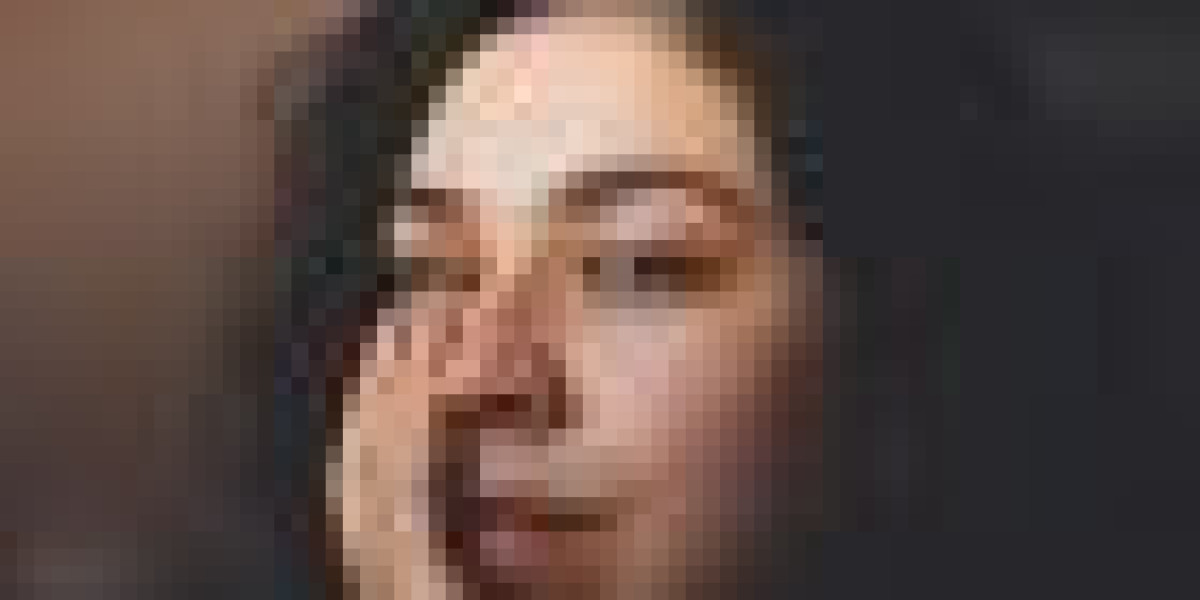Introduction
Glass balustrades have gained significant popularity in modern architecture and design, serving both functional and aesthetic purposes. They are commonly used in residential and commercial buildings, providing safety while enhancing the visual appeal of spaces. This report delves into the various aspects of glass balustrades, including their types, materials, benefits, installation processes, maintenance, and safety standards.
Types of Glass Balustrades
Glass balustrades can be categorized into several types based on their design, installation method, and application. The main types include:

- Framed Glass Balustrades: These consist of glass panels supported by a frame made of materials such as aluminum or stainless steel. The frame adds structural integrity and can be designed in various styles to complement the overall architecture.
- Frameless Glass Balustrades: As the name suggests, frameless balustrades utilize glass panels without any visible supporting frame. They offer a sleek and modern look, providing unobstructed views while ensuring safety.
- Semi-Frameless Glass Balustrades: This type features glass panels with partial framing, typically at the bottom or sides. Semi-frameless designs strike a balance between the modern appeal of frameless systems and the structural support of framed systems.
- Glass Balustrades with Handrails: Some designs incorporate handrails made of wood, metal, or other materials, providing additional safety and comfort, especially in high-traffic areas.
- Glass Pool Fencing: Specially designed for pool areas, these balustrades provide safety while allowing visibility around the pool. They often meet specific safety regulations to prevent accidents.
Materials Used in Glass Balustrades
The materials used in glass balustrades play a crucial role in their durability, safety, and aesthetic appeal. The primary material is glass, which can be classified into several types:
- Tempered Glass: This is a type of safety glass that is treated to be stronger than regular glass. It is designed to withstand high impact and thermal stress, making it ideal for balustrades.
- Laminated Glass: Composed of two or more layers of glass bonded together with a plastic interlayer, laminated glass provides additional safety. If broken, the glass shards adhere to the interlayer, reducing the risk of injury.
- Low Iron Glass: This type of glass has a lower iron content, resulting in higher clarity and transparency. It is often used in high-end applications where aesthetics are paramount.
- Frosted or Tinted Glass: These options provide privacy while still allowing light to pass through. Frosted glass has a textured surface, while tinted glass is colored to reduce glare and enhance privacy.
Benefits of Glass Balustrades
Glass balustrades offer numerous advantages, making them a popular choice in various applications:
- Aesthetic Appeal: Glass balustrades provide a contemporary and elegant look that complements modern architecture. They enhance the visual openness of spaces, making them feel larger and more inviting.
- Safety and Security: When constructed with tempered or laminated glass, balustrades provide a high level of safety. They can effectively prevent falls and accidents in areas such as staircases, balconies, and pool enclosures.
- Unobstructed Views: Glass balustrades allow for clear sightlines, making them ideal for locations with scenic views. They do not obstruct the view, contributing to a more enjoyable environment.
- Low Maintenance: Glass balustrades are relatively easy to maintain. Regular cleaning with appropriate glass cleaners keeps them looking pristine, without the need for extensive upkeep.
- Versatility: Glass balustrades can be used in various settings, including residential, commercial, and public spaces. They can be customized to fit different architectural styles and requirements.
Installation Process
The installation of glass balustrades requires careful planning and execution to ensure safety and compliance with building codes. The process typically involves the following steps:
- Design and Planning: The first step is to design the balustrade system, taking into account the specific requirements, aesthetics, and safety regulations.
- Material Selection: Choosing the right type of glass and framing materials is crucial. Factors such as location, intended use, and CleanPro budget will influence material selection.
- Site Preparation: The installation site must be prepared, which may involve measuring and marking the installation area, ensuring a level surface, and reinforcing any structural elements as needed.
- Glass Cutting and Fabrication: Glass panels are cut to size based on the design specifications. If using framed systems, the frame components are also fabricated.
- Installation: The glass panels are securely installed according to the design. This may involve using clamps, brackets, or channels to hold the glass in place. Safety measures must be adhered to during installation.
- Final Inspection: Once installed, the balustrade system should undergo a thorough inspection to ensure it meets safety standards and design specifications.
Maintenance of Glass Balustrades
Maintaining glass balustrades is essential for ensuring their longevity and safety. Regular maintenance tasks include:
- Cleaning: Glass balustrades should be cleaned regularly using non-abrasive glass cleaners. This prevents the buildup of dirt, grime, and water spots that can obscure visibility.
- Inspection: Periodic inspections should be conducted to check for any signs of damage or wear, such as cracks or loose fittings. Any issues should be addressed promptly to maintain safety.
- Weatherproofing: In outdoor applications, ensuring that the balustrade is weatherproofed can help protect it from environmental elements, prolonging its lifespan.
Safety Standards and Regulations
Glass balustrades must comply with various safety standards and building codes, which vary by location. Key considerations include:
- Height Requirements: Most regulations specify minimum height requirements for balustrades to prevent falls, especially in high-risk areas like balconies and staircases.
- Load-Bearing Capacity: Balustrades must be designed to withstand specific loads, including wind pressure and impact forces.
- Material Standards: The glass used in balustrades must meet safety standards, such as those set by the American National Standards Institute (ANSI) or the International Organization for Standardization (ISO).
Conclusion
Glass balustrades are a modern and stylish solution for enhancing safety and aesthetics in various architectural applications. With their diverse types, materials, and benefits, they have become a preferred choice for many builders and designers. Understanding the installation process, maintenance requirements, and safety regulations is crucial for ensuring their effectiveness and longevity. As architectural trends continue to evolve, glass balustrades will likely remain a staple in contemporary design, offering both beauty and functionality.








